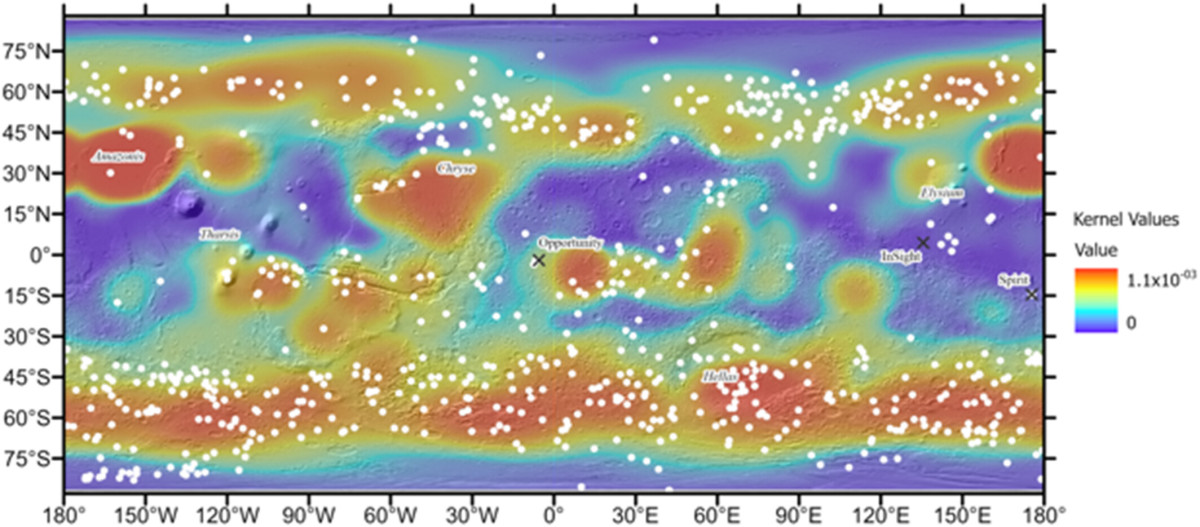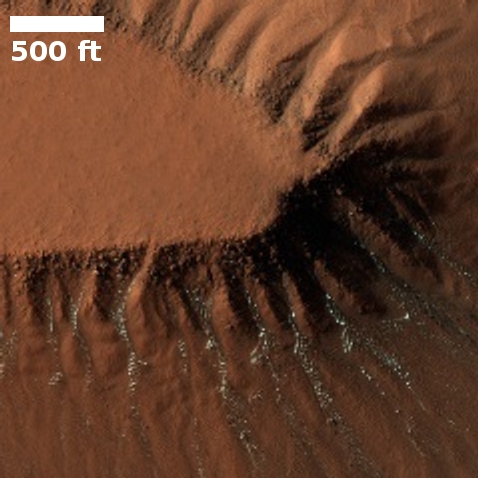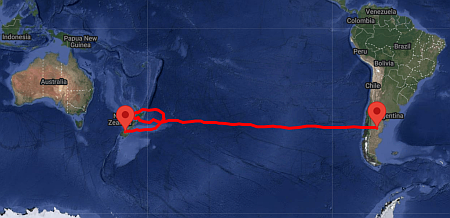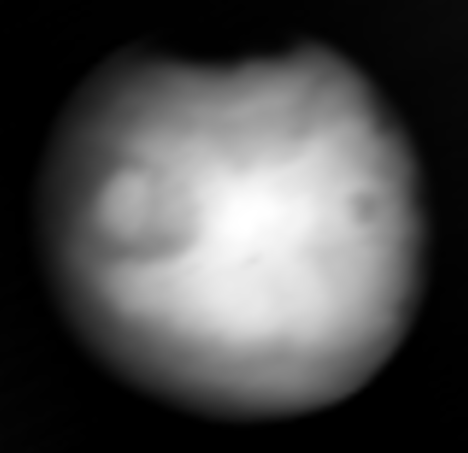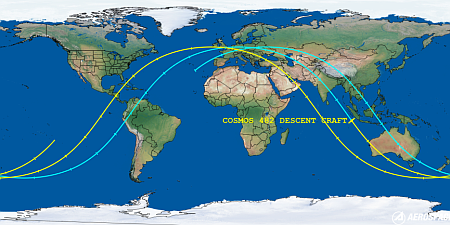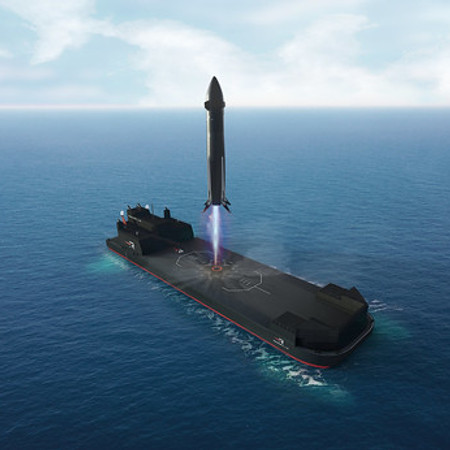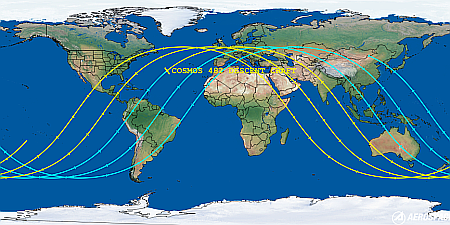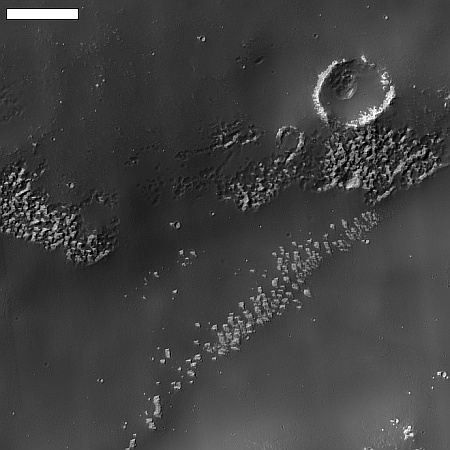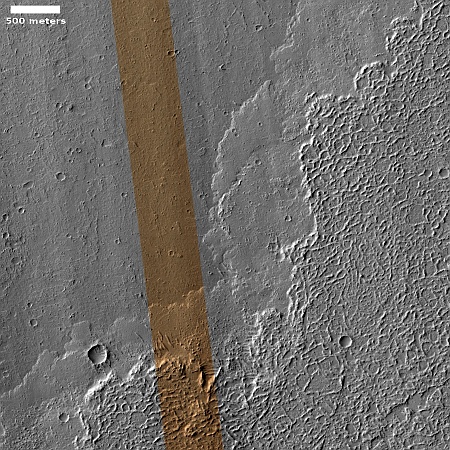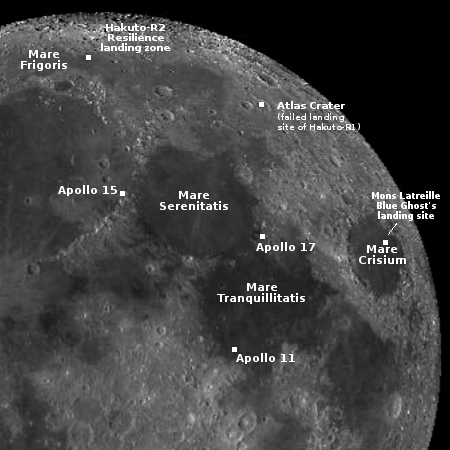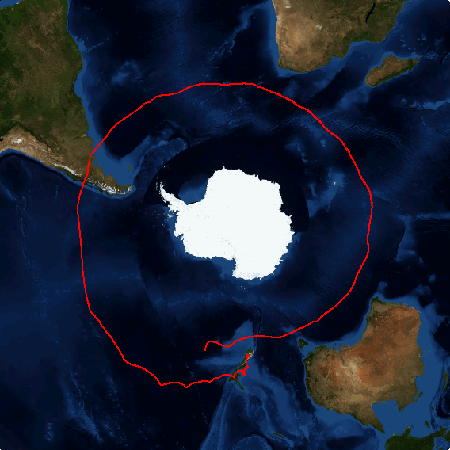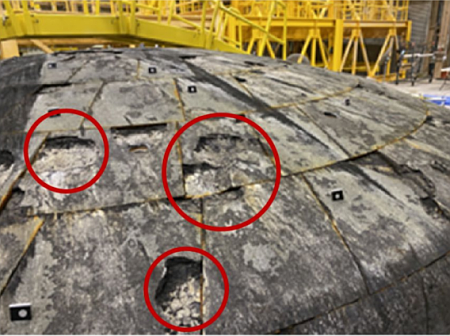The global distribution of dust devils on Mars
Scientists reviewing the dust devil tracks in orbital images produced by Mars Reconnaissance Orbiter (MRO) have now created a global map that also provides insight into the ground conditions that cause the dust devils to form. From the abstract:
In the first global study of these tracks using high-resolution satellite images from 2014 to 2018, we find tracks in 4% of the images, mostly near 60° north and south latitudes. These tracks are more common during local summers, especially in the southern hemisphere, coinciding with the peak of Mars’ dust storm season, when active dust devils are also more common. Surprisingly, dust devil track (DDT) formation does not depend on elevation, indicating it is not related to the ambient atmospheric pressure. Instead, they occur in darker areas where surface dust covers coarser material, which is revealed as the dust devil moves past.
The white dots on the map above, figure 5 of the paper, shows those MRO images where dust devil tracks were seen. The redish-orange regions are where the data suggests more dust devils should occur, while the blue areas of regions of few dust devils.
The map also notes the locations where Spirit, Opportunity, and InSight landed. Opportunity clearly landed in a region that had more dust devil activity, which explains why its solar panels were cleaned off so regularly by wind. Spirit did not land in such a region, but somehow it was lucky in getting wind events that cleared its panels of dust. InSight had no such luck, and having landed in a region with little dust devil activity, its panels steadily became covered with dust, eventually forcing the end of the mission.
As the paper notes, “To maximize mission lifetimes, future solar powered assets should favor regions where we have identified numerous [dust devil tracks] and where many active [dust devils] are present.” This proposal makes sense, for many reasons. For one, it shifts missions to higher latitudes where many glacial and near-surface ice features are found. Up until now the science community has sent all the landers and rovers to the Martian dry tropics, which has no such near surface ice. For future colonies it is imperative we begin studying Mars’ wetter regions.
This study provides another practical reason for doing so.
Scientists reviewing the dust devil tracks in orbital images produced by Mars Reconnaissance Orbiter (MRO) have now created a global map that also provides insight into the ground conditions that cause the dust devils to form. From the abstract:
In the first global study of these tracks using high-resolution satellite images from 2014 to 2018, we find tracks in 4% of the images, mostly near 60° north and south latitudes. These tracks are more common during local summers, especially in the southern hemisphere, coinciding with the peak of Mars’ dust storm season, when active dust devils are also more common. Surprisingly, dust devil track (DDT) formation does not depend on elevation, indicating it is not related to the ambient atmospheric pressure. Instead, they occur in darker areas where surface dust covers coarser material, which is revealed as the dust devil moves past.
The white dots on the map above, figure 5 of the paper, shows those MRO images where dust devil tracks were seen. The redish-orange regions are where the data suggests more dust devils should occur, while the blue areas of regions of few dust devils.
The map also notes the locations where Spirit, Opportunity, and InSight landed. Opportunity clearly landed in a region that had more dust devil activity, which explains why its solar panels were cleaned off so regularly by wind. Spirit did not land in such a region, but somehow it was lucky in getting wind events that cleared its panels of dust. InSight had no such luck, and having landed in a region with little dust devil activity, its panels steadily became covered with dust, eventually forcing the end of the mission.
As the paper notes, “To maximize mission lifetimes, future solar powered assets should favor regions where we have identified numerous [dust devil tracks] and where many active [dust devils] are present.” This proposal makes sense, for many reasons. For one, it shifts missions to higher latitudes where many glacial and near-surface ice features are found. Up until now the science community has sent all the landers and rovers to the Martian dry tropics, which has no such near surface ice. For future colonies it is imperative we begin studying Mars’ wetter regions.
This study provides another practical reason for doing so.

